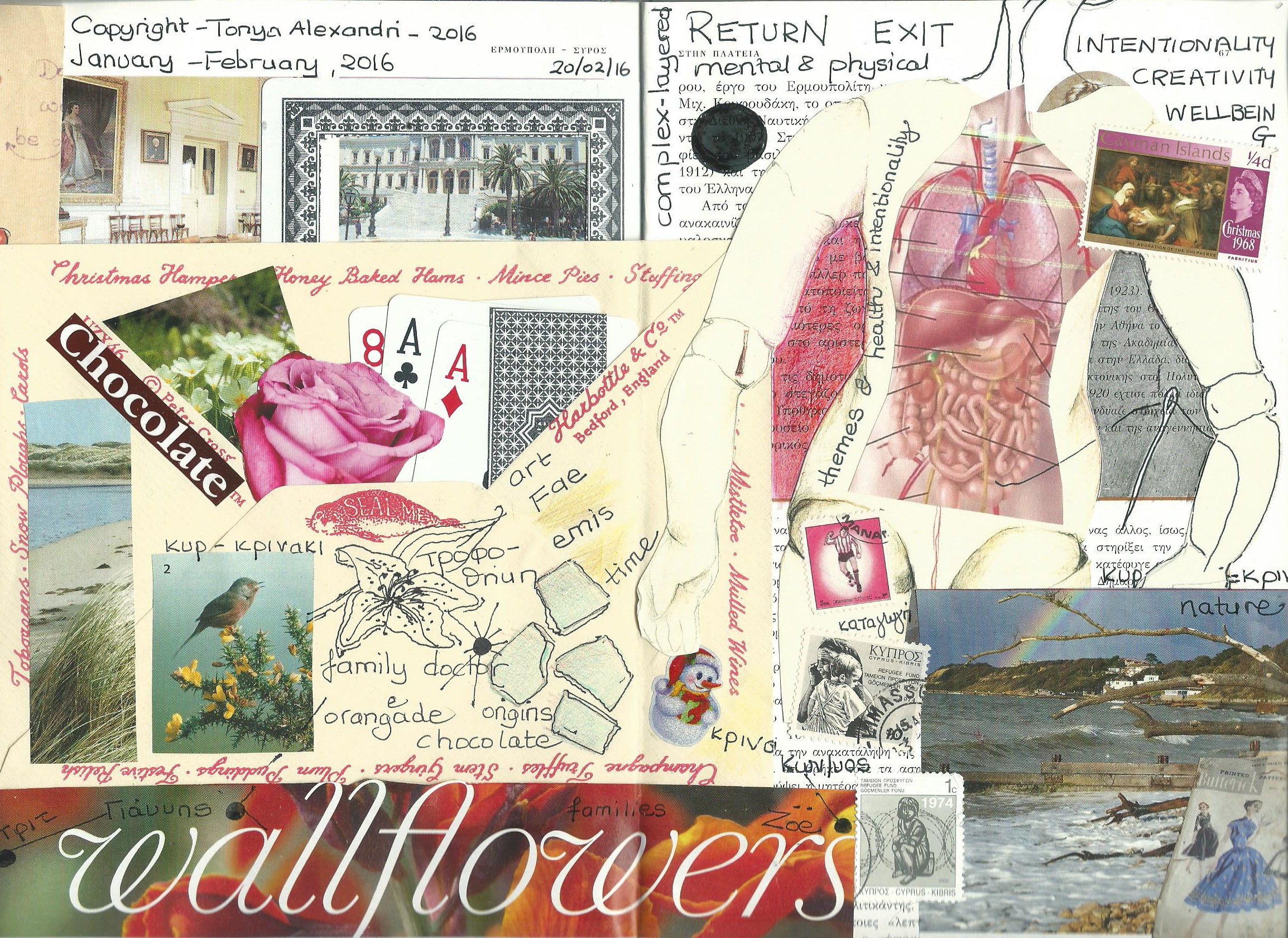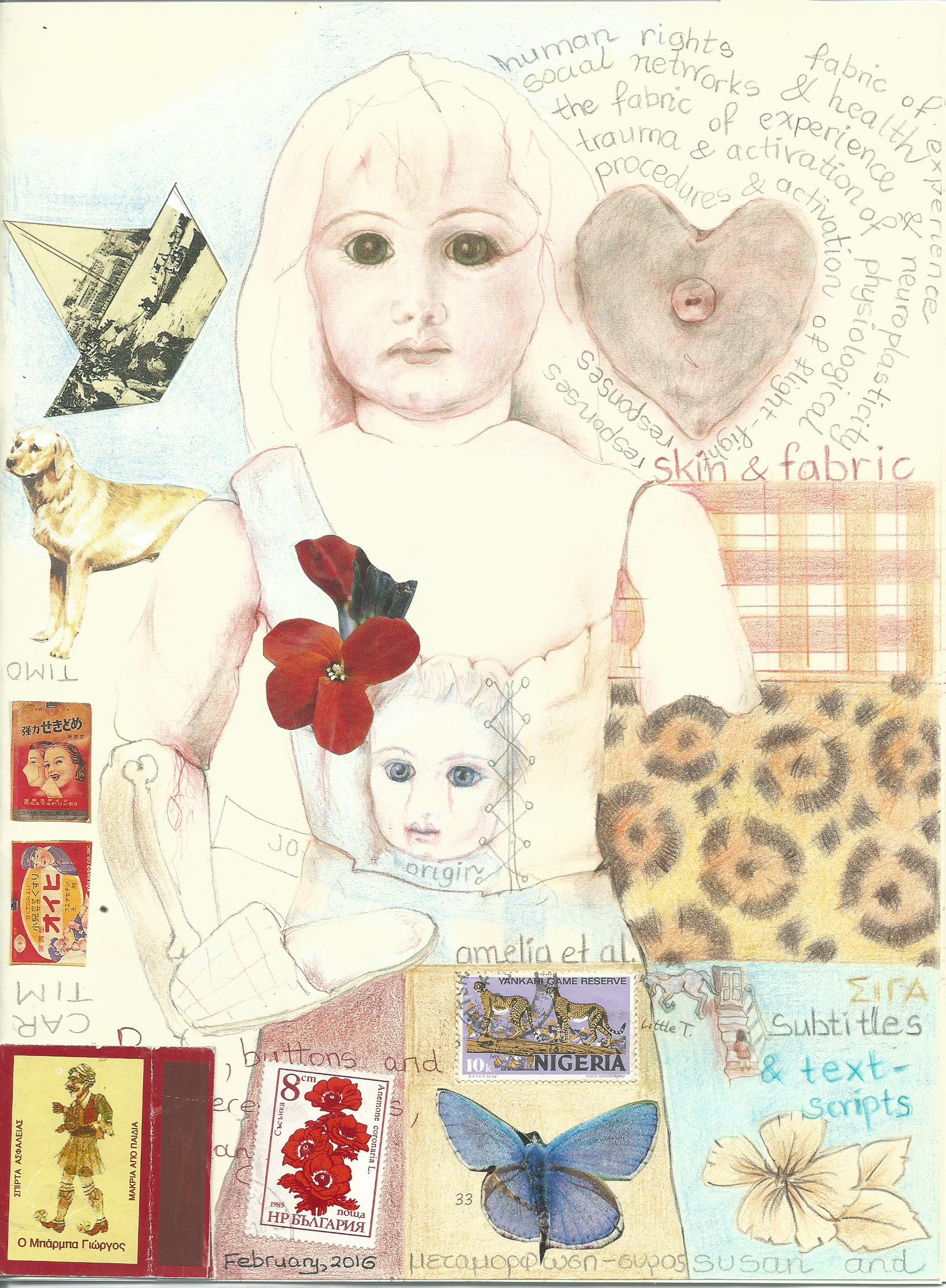Briefly on using magazine images in the creation of altered books or visual journals
In 2007 I started sticking images from my favourite monthly magazine Country Living, which was easily available at home, on my drawings, not really sure about the reason. I also engaged in writing with my non-dominant hand as part of the process of dealing with trauma and then naturally moved on to sometimes using it to draw, as well. As a result of both these activities and because art has always been important to me I developed an interest in art therapy and the first very useful books I read were written by Cathy Malchiodi. More recently, I again returned to using magazine images in an altered book I am making. However, having recently read Harriet Wadeson’s altered book, and also having looked at Ron Huxley’s creative transformation of the DSM-III, I decided to read more about using magazine images as part of the process of creating visual journals. I will refer to one of my findings here. Dr Lucia Capacchione, who is an art therapist and author of thirteen books on the power of creativity to heal, writes both about using images from magazines and the use of the non-dominant hand.
Browsing through her site I was also reminded of the insight that interacting with our dreams, either through writing or drawing, can bring us. Below is an extract of an activity from Lucia Capacchione’s site (http://www.luciac.com/index.php/interactive-journal/finding-yourself/133-looking-back):
‘After you have reviewed your dream in your mind, draw the key images that appeared. These might be people, animals, objects, places and scenes, symbolic forms, or other visual impressions that stand out. Write in free-association about the images you have drawn. What comes to mind when you look at each graphic image? What was its function in the dream? What qualities does it have (in the dream or in real life)? What qualities in yourself is it connected with? What do you feel or think about each image in your drawing? Let the images in your dream drawing speak….. This is an especially helpful technique for exploring fragmentary dreams, the ones you don’t recall in detail but from which a few isolated images, events, or pieces of dialogue emerge……. You can focus on the pieces of the puzzle you do remember. Putting your imagination to work through drawing and writing can help you decode these symbols so you can find out what they mean to you personally at this time in your life’ (Lucia Capacchione). Finally, today I woke up from an interesting dream that involved a film I had watched a long time ago, Children of a Lesser God directed by Randa Haines in 1986 and I decided to dedicate some time engaging with it, which proved a really interesting experience.
Underlying common theme
Mindfulness and breathing
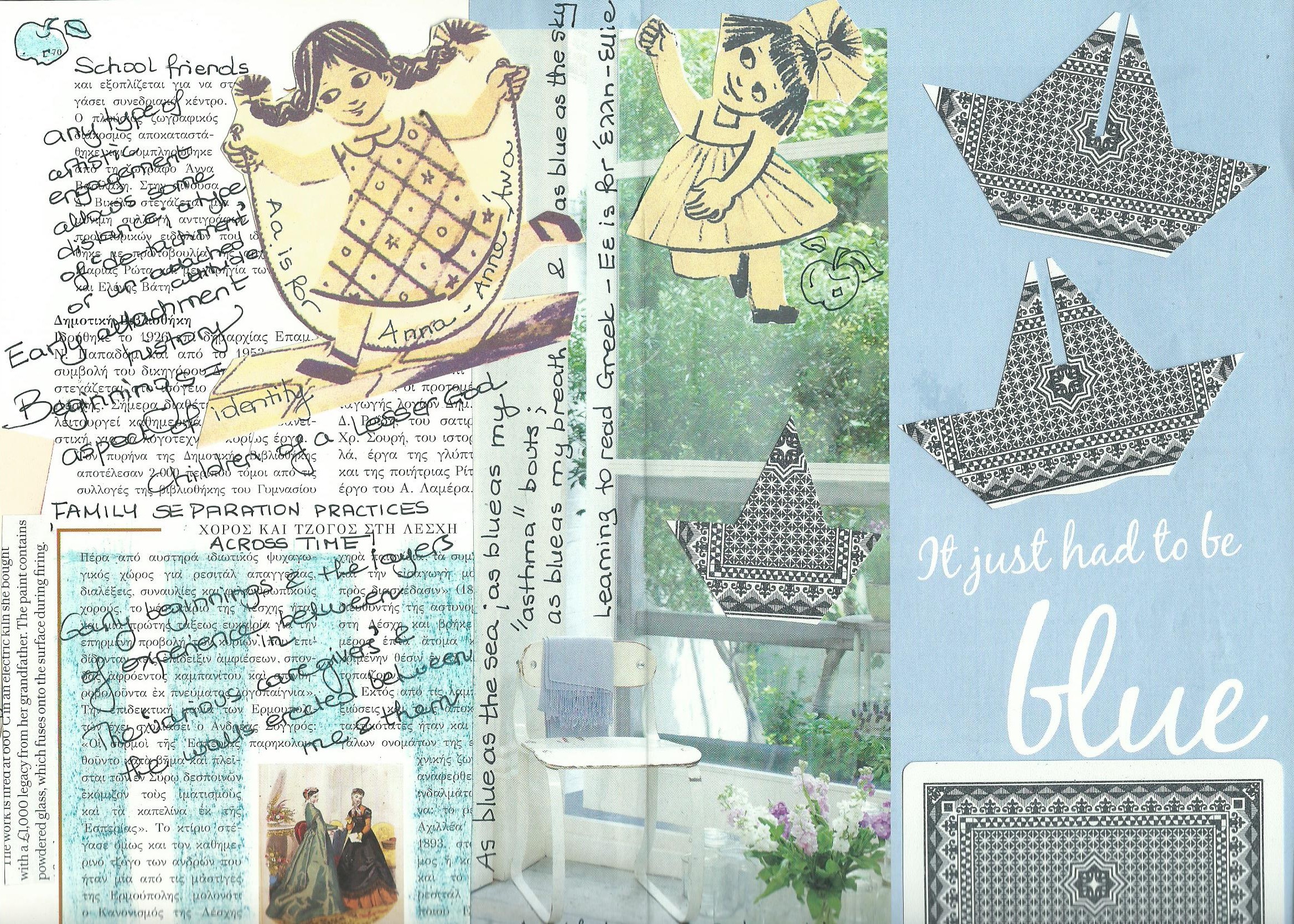 Island living-altered book page (February, 2016)
Island living-altered book page (February, 2016)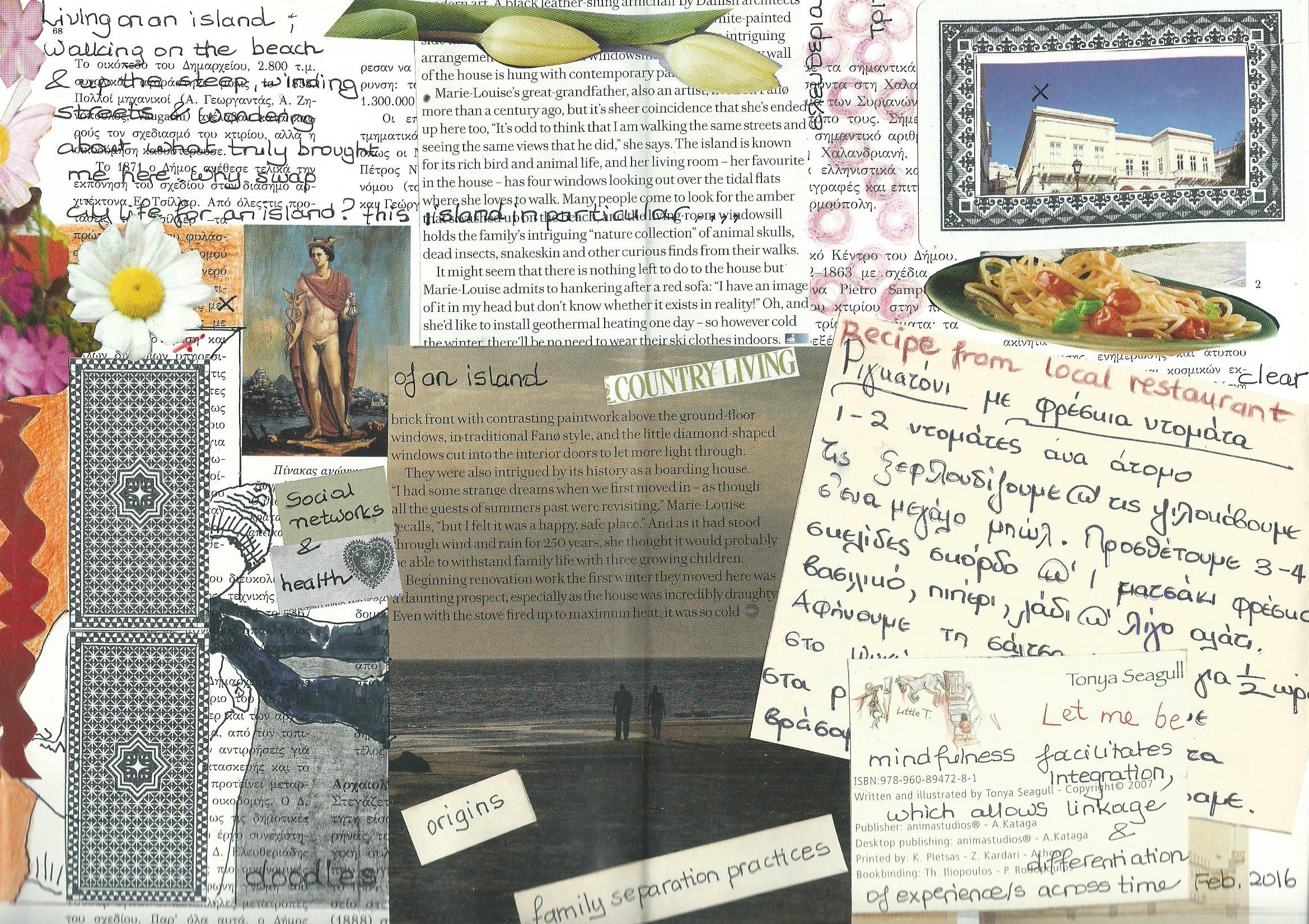
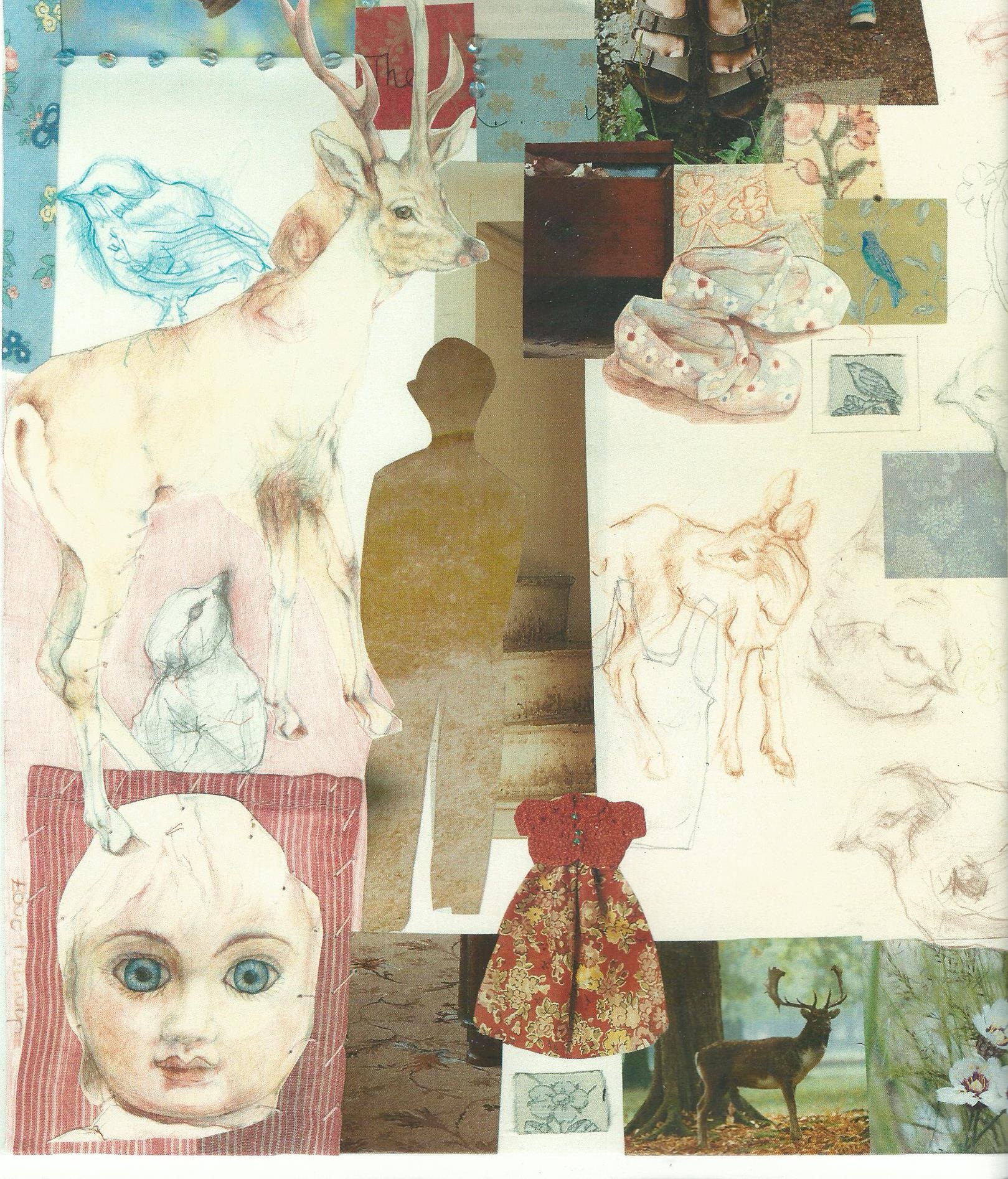 Artwork 2007, 2009
Artwork 2007, 2009

